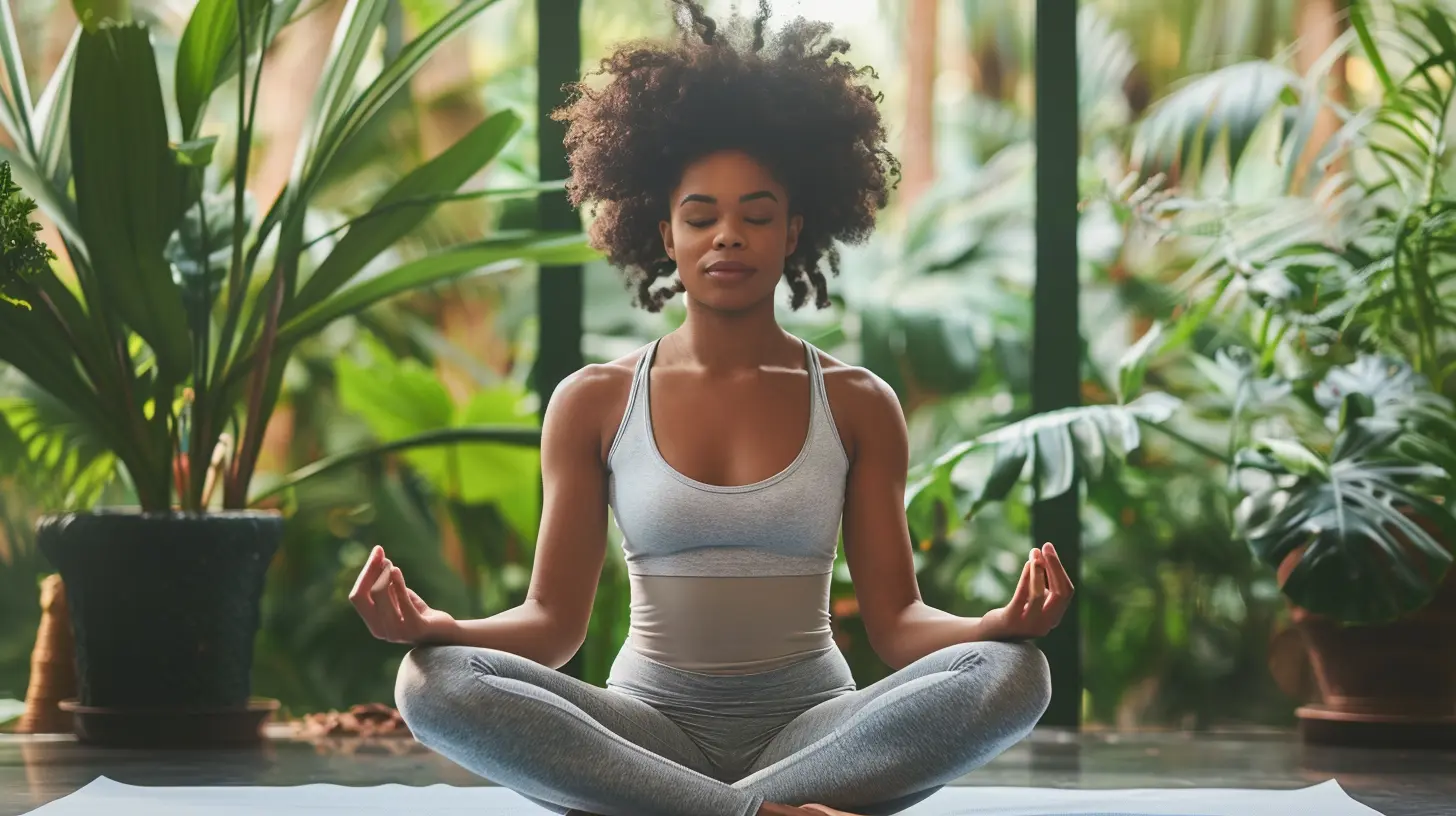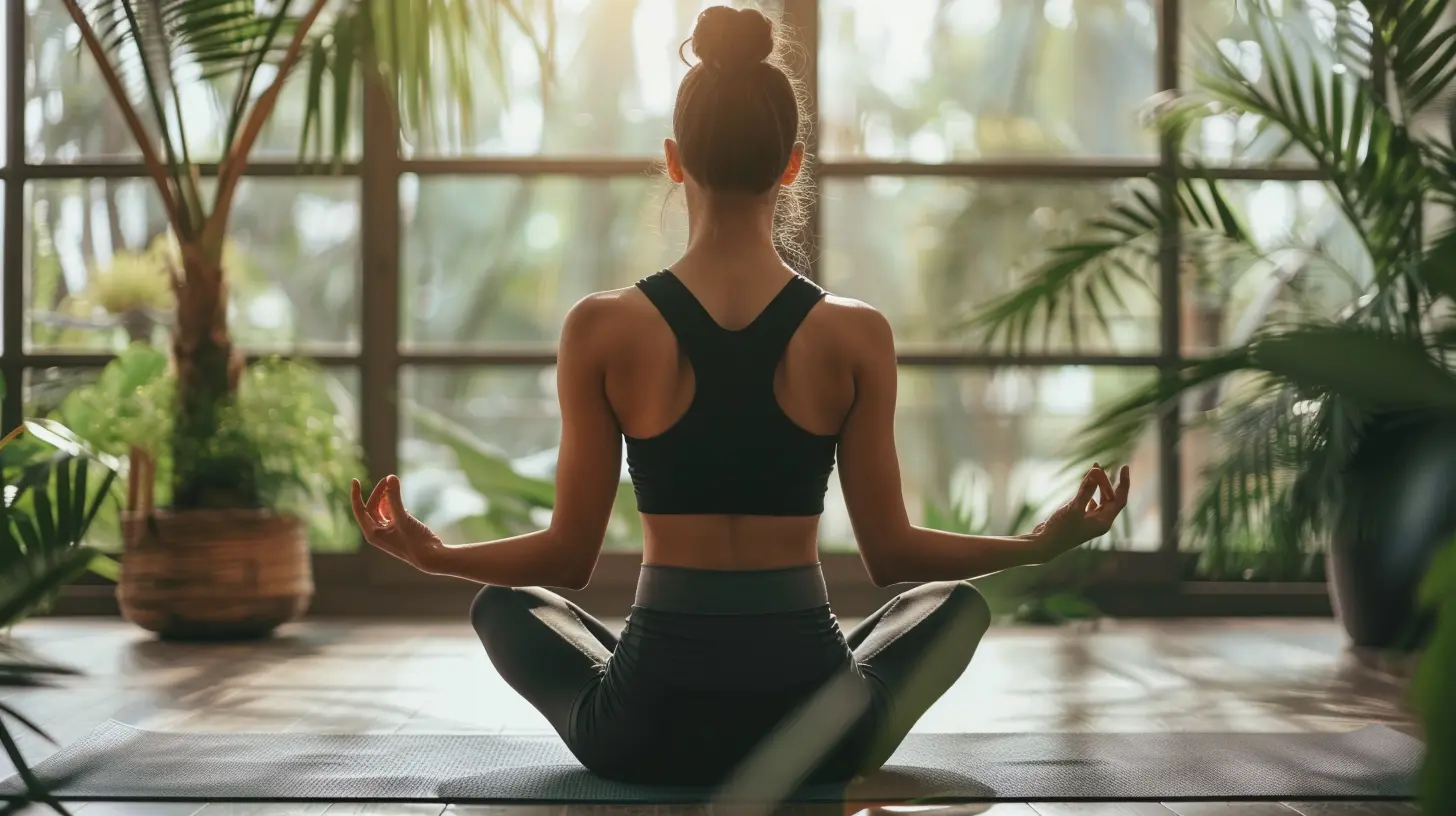Gentle Movement: Yoga Practices for Stress Resilience
6 July 2025
Let’s face it—life can sometimes feel like a never-ending to-do list. Deadlines, appointments, errands, work stress... it’s no wonder so many of us feel like we’re on the verge of burnout. But what if I told you there’s a way to not just survive the chaos but thrive in it? Enter yoga—a beacon of calm in a sea of stress.
Today, we're diving into how gentle yoga practices can help build stress resilience. Think of it as your personal toolkit for managing life's curveballs. Whether you're a yoga newbie or a seasoned yogi, this guide is for you. 
Why Yoga for Stress Resilience?
First things first—what is "stress resilience"? In simple terms, it’s your ability to bounce back from stress and adapt to challenges without being completely overwhelmed. It’s like having a thick, sturdy umbrella during a storm. Now, here’s the cool part: yoga doesn't just help you feel good in the moment; it actually trains your body and mind to handle stress better in the long run.On a physical level, yoga helps release tension stored in your body. You know that tightness in your shoulders after a stressful day? Yoga can loosen that up. Mentally, it’s all about rewiring your brain to respond to stress more calmly. And emotionally? Yoga gives you the space to process your feelings without judgment.
Think of yoga as the ultimate Swiss Army knife for your stress—multi-functional, effective, and always there when you need it. 
The Science of Yoga and Stress
Before we get into the actual yoga practices, let’s geek out for a moment (don’t worry, I’ll keep it simple).When you’re stressed, your body goes into fight-or-flight mode. Your heart races, your breathing gets shallow, and your muscles tense up. This is your body's survival response, and while it’s great for escaping danger, it’s not so great when you're just stuck in traffic or dealing with a tough email.
Yoga flips the script. Through gentle movement, controlled breathing, and mindfulness, yoga activates your parasympathetic nervous system—the "rest and digest" mode. This helps lower your heart rate, ease tension, and calm your racing thoughts.
Plus, studies show that yoga reduces cortisol (the stress hormone) and boosts endorphins (your body’s feel-good chemicals). It’s like giving your brain a warm hug. 
Gentle Yoga Practices to Build Stress Resilience
Alright, enough theory—let’s roll out the mat and get moving! Below are some gentle yoga practices you can try to strengthen your stress resilience.1. Cat-Cow Stretch (Marjaryasana-Bitilasana)
Let’s start with a classic. Cat-Cow is a simple yet powerful way to release tension in your spine and connect with your breath.- How to do it:
Begin on your hands and knees in a tabletop position. As you inhale, arch your back, drop your belly, and lift your gaze (Cow). As you exhale, round your spine, tuck your chin, and draw your belly button toward your spine (Cat).
- Why it helps:
This flow encourages deep, mindful breathing while gently stretching your back, shoulders, and neck—all common areas where stress likes to hang out.
2. Child’s Pose (Balasana)
Ah, Child’s Pose. It’s like a yoga hug for your entire body—a perfect resting pose when you need a moment of peace.- How to do it:
Kneel on your mat and sit back on your heels. Fold forward, extending your arms in front of you, and rest your forehead on the mat. Breathe deeply.
- Why it helps:
This pose is incredibly grounding. It calms the nervous system, stretches the lower back, and acts as a gentle reset button for your day.
3. Legs-Up-The-Wall Pose (Viparita Karani)
Have you ever felt like your brain is just running in circles? This pose can work wonders when you need to slow down.- How to do it:
Sit sideways next to a wall, then swing your legs up as you lie down on your back. Adjust your distance from the wall so your legs feel supported. Relax your arms by your sides.
- Why it helps:
This inversion posture improves circulation, reduces tension in your legs, and promotes relaxation. It’s like a mini nap without actually falling asleep!
4. Seated Forward Fold (Paschimottanasana)
Feeling tense or anxious? A gentle forward fold can help you turn inward and calm your mind.- How to do it:
Sit on the floor with your legs extended. Inhale to lengthen your spine, and then exhale to fold forward, reaching for your feet (or shins). Don’t worry about touching your toes—just go as far as feels comfortable.
- Why it helps:
This pose stretches your hamstrings, lower back, and spine. Plus, it has a soothing effect on your nervous system, making it great for decompressing.
5. Corpse Pose (Savasana)
Yes, this is the part where you just lie down and do absolutely nothing—seriously!- How to do it:
Lie flat on your back with your arms by your sides, palms facing up. Close your eyes, take slow, deep breaths, and let every muscle in your body relax.
- Why it helps:
Savasana helps integrate all the benefits of your practice while providing deep relaxation. It’s the ultimate "me-time" moment. 
Breathing and Mindfulness: The Cherry on Top
Yoga isn’t just about the poses—it’s also about the breath. Incorporating mindful breathing into your practice can supercharge its stress-busting benefits.Try This: 4-7-8 Breathing
- Inhale through your nose for 4 counts.- Hold your breath for 7 counts.
- Exhale slowly through your mouth for 8 counts.
Repeat this cycle a few times, and notice how it brings a sense of calm over you.
Mindfulness is another key piece of the puzzle. It’s all about being present in the moment without judgment. Instead of worrying about what’s next on your to-do list, focus on how your body feels during each pose and how your breath moves in and out.
Building a Consistent Practice
So how often should you do gentle yoga for stress resilience? The good news is that even a little bit goes a long way. Start with just 10-15 minutes a day, and gradually increase the time as you feel comfortable.Consistency is key. Think of yoga like brushing your teeth—it’s a small daily habit that makes a big difference over time.
Yoga Beyond the Mat
Here’s the magic of yoga: its benefits don’t end when you roll up your mat. The mindfulness, focus, and calm you cultivate during practice begin to spill over into the rest of your life.You might find yourself breathing deeply instead of snapping during a stressful meeting. Or pausing to stretch instead of reaching for that third cup of coffee. Over time, yoga helps you build a sense of inner stability—a calm center you can return to no matter what’s happening around you.
Final Thoughts
Life is unpredictable, but with yoga, you can build the resilience to handle its ups and downs with grace. Gentle movements, mindful breathing, and being present in the moment—these simple practices can transform the way you deal with stress.So grab your mat, find a quiet space, and give it a try. Your body and mind will thank you.
all images in this post were generated using AI tools
Category:
Stress ReliefAuthor:

Jackson Mahoney
Discussion
rate this article
1 comments
Zeke Baxter
Yoga truly enhances stress resilience—gentle movements bring peace and balance to life.
July 22, 2025 at 3:16 AM

Jackson Mahoney
Thank you! I'm glad you resonate with the idea of gentle movement in yoga as a way to cultivate peace and balance.


